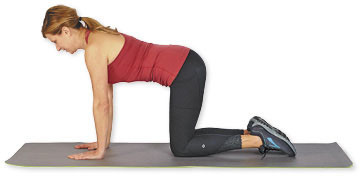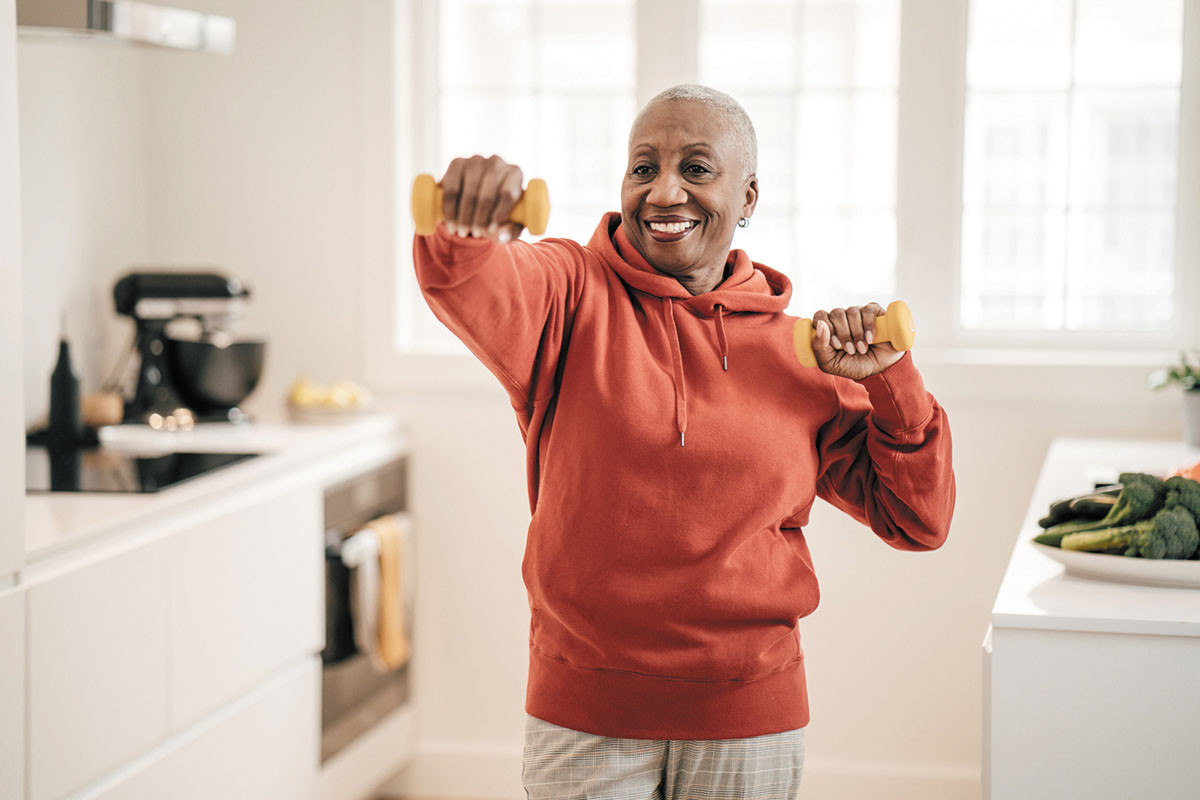
How does prostate cancer treatment affect mental health?

5 timeless habits for better health

What are the symptoms of prostate cancer?

Is your breakfast cereal healthy?

When pain signals an emergency: Symptoms you should never ignore

Does exercise give you energy?

Acupuncture for pain relief: How it works and what to expect

How to avoid jet lag: Tips for staying alert when you travel

Biofeedback therapy: How it works and how it can help relieve pain

Best vitamins and minerals for energy
Exercise & Fitness Archive
Articles
Adding yoga to aerobic exercise may help lower high blood pressure
Adding 15 minutes of yoga to regular exercise sessions can help people lower their high blood pressure more than just doing exercise and basic muscle stretching.
Taking up adaptive sports
People with disabilities or physical limitations can still stay active and get the recommended amount of exercise by participating in adaptive sports and activities. These often run parallel to traditional endeavors but are modified to support an individual's needs. Popular choices include cycling, skiing, archery, kayaking, rowing, tennis, bowling, swimming, basketball, and golf.
Move of the month: Opposite arm and leg raise
The core muscles include those of the abdomen, lower back, front of hips, and spine. Many popular sports such as cycling, golf, tennis, and swimming depend on a stable, flexible core.
Exercising when you have a heart condition
For people with all types of cardiovascular disease, regular exercise helps prevent the disease from getting worse. Even very short exercise stints can make a difference. Many people with heart disease qualify for cardiac rehabilitation, which includes an exercise stress test that shows how your heart and body respond to exertion. The results can inform recommendations for safe, effective physical activity.
Age and muscle loss
As the years pass, muscle mass in the body generally shrinks, and strength and power decline. The process begins earlier than you might think.
Age and muscle loss
As the years pass, muscle mass in the body generally shrinks, and strength and power decline. The process begins earlier than you might think.
What's the minimum amount of exercise I need each week?
A 2022 study involving 72,000 people suggested that those who did even 15 minutes of vigorous activity per week had a 17% lower risk of death from any cause and death from cancer, compared with people who were inactive. With about 50 minutes per week, death from any cause was reduced by 36%. The reduction in risk of death from all causes, and death from cancer, was greatest in the first 40 minutes of vigorous physical activity per week.
Move of the month: Arm curls
Arm curls, which strengthen your biceps, can be done with dumbbells or household items such as cans of soup or water bottles.
Winter hiking: Magical or miserable?
The instinct to stay indoors during winter can start to feel confining after a while. Going for a winter hike is a great way to get out in nature and get exercise, but it's quite different from warm-weather hiking, and requires preparation and precautions.
Adding strength training to aerobic exercise may fuel longevity
A 2022 study found that people who did at least two sessions of strength training as well as 2.5 hours of moderate-to-vigorous aerobic activity each week were 30% less likely to die during an eight-year study period, compared with people who did less strength training.

How does prostate cancer treatment affect mental health?

5 timeless habits for better health

What are the symptoms of prostate cancer?

Is your breakfast cereal healthy?

When pain signals an emergency: Symptoms you should never ignore

Does exercise give you energy?

Acupuncture for pain relief: How it works and what to expect

How to avoid jet lag: Tips for staying alert when you travel

Biofeedback therapy: How it works and how it can help relieve pain

Best vitamins and minerals for energy
Free Healthbeat Signup
Get the latest in health news delivered to your inbox!
Sign Up











